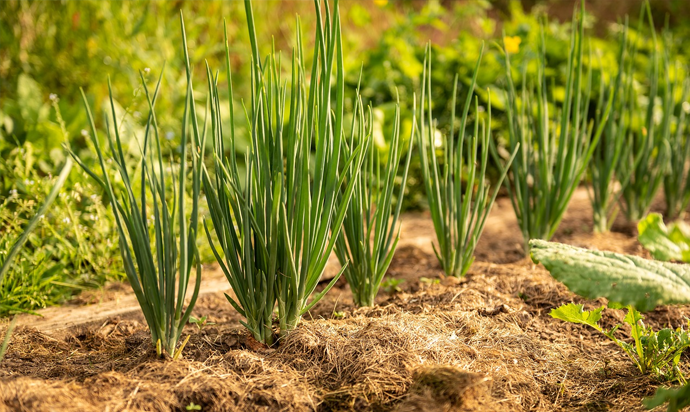Organic Farming
We value nature.
We value organic farming as an agricultural system that supplies fresh, tasty, and authentic food to citizens, whilst respecting the natural life cycles of the soil and ecosystems.
Organic farming is based on a series of principles and common practices, such as: crop rotation, not using synthetic, chemical fertilizers or pesticides, using natural resources and preserving the surrounding environment.
In short, the aim is to use the lessons learned from nature and from biological processes, using the relationships and activity of different living beings (bacteria, fungi, insects, humans, etc.). This process has a number of advantages, the main ones being:
- promoting and developing the biological cycles within the production system, maintaining the soil's long-term fertility;
- Contributing towards the correct use of water and soil, improving the local ecosystem and increasing biodiversity.

Learn how to implement an Organic Farm with us
Organic Farming is a complex process and has many variables. Nonetheless, here is some essential information which can help you succeed in starting and maintaining your organic kitchen garden. So, keep the following steps in mind:
2. Plan the kitchen garden
3. Reproduction
- Sexual reproduction - sowing (seedbeds, germination trays); or
- Asexual reproduction - cutting, layering, air layering, shaft division.
4. Maintenance
5. Harvesting and storing






